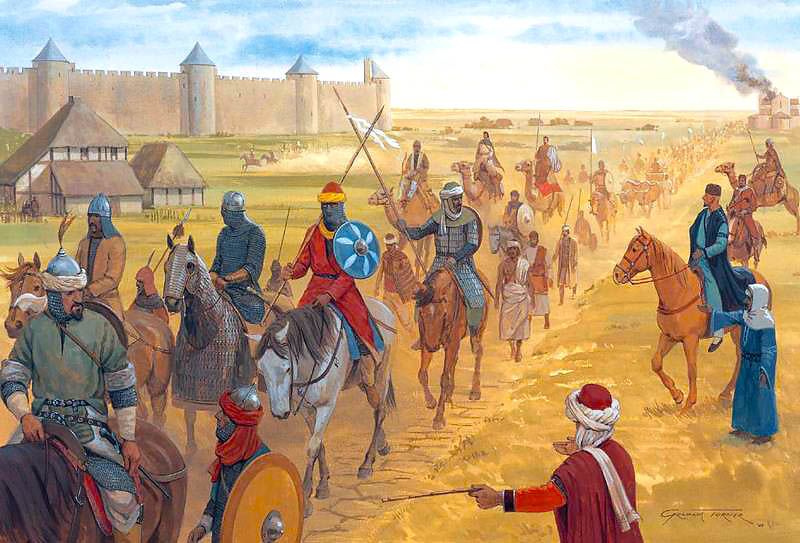
End of Almohad rule in Spain
Alange, SpainThe departure of al-Ma'mun in 1228 marked the end of the Almohad era in Spain. Ibn Hud and the other local Andalusian strongmen were unable to stem the rising flood of Christian attacks, launched almost yearly by Sancho II of Portugal, Alfonso IX of León, Ferdinand III of Castile and James I of Aragon. The next twenty years saw a massive advance in the Christian Reconquista – the old great Andalusian citadels fell in a grand sweep: Mérida and Badajoz in 1230 (to Leon), Majorca in 1230 (to Aragon), Beja in 1234 (to Portugal), Cordova in 1236 (to Castile), Valencia in 1238 (to Aragon), Niebla-Huelva in 1238 (to Leon), Silves in 1242 (to Portugal), Murcia in 1243 (to Castile), Jaén in 1246 (to Castile), Alicante in 1248 (to Castile), culminating in the fall of the greatest of Andalusian cities, the ex-Almohad capital of Seville, into Christian hands in 1248. Ferdinand III of Castile entered Seville as a conqueror on December 22, 1248.
The Andalusians were helpless before this onslaught. Ibn Hudd had attempted to check the Leonese advance early on, but most of his Andalusian army was destroyed at the battle of Alange in 1230. Ibn Hud scrambled to move remaining arms and men to save threatened or besieged Andalusian citadels, but with so many attacks at once, it was a hopeless endeavor. After Ibn Hud's death in 1238, some of the Andalusian cities, in a last-ditch effort to save themselves, offered themselves once again to the Almohads, but to no avail. The Almohads would not return.
